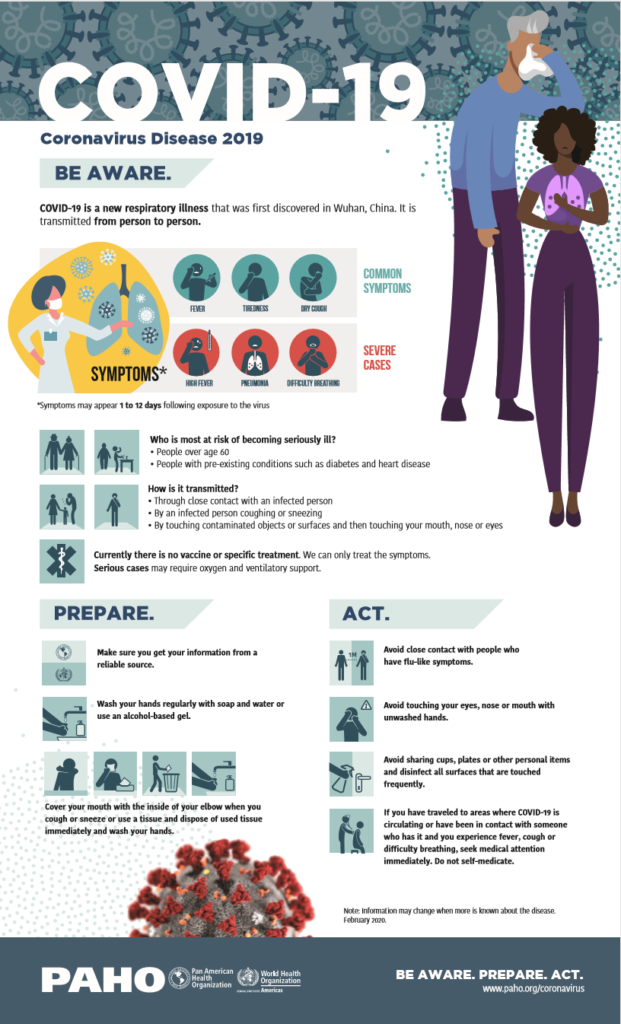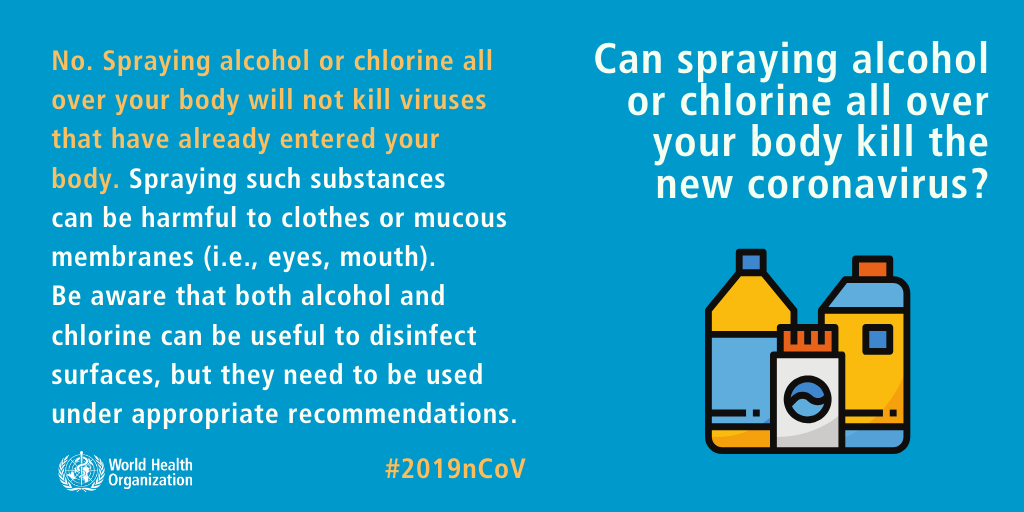Our world faces a common enemy: COVID-19. The virus does not care about nationality or ethnicity, faction or faith. It attacks all, relentlessly.
Meanwhile, armed conflict rages on around the world. The most vulnerable — women and children, people with disabilities, the marginalized and the displaced — pay the highest price. They are also at the highest risk of suffering devastating losses from COVID-19.
Let’s not forget that in war-ravaged countries, health systems have collapsed. Health professionals, already few in number, have often been targeted. Refugees and others displaced by violent conflict are doubly vulnerable. The fury of the virus illustrates the folly of war.
That is why today, I am calling for an immediate global ceasefire in all corners of the world.
- UN Secretary General, António Guterres
During the time of this pandemic, news feeds and media attention is filled with information about COVID 19. Learning about it is unavoidable, with peers sharing and discussing the information as well. However this can also create incorrect ideas or myths being spread. This webpage is meant to be a quick information and fact check page for RECAA and its community members. We are not experts on the current situation and advise you to explore the World Health Organization’s website or the Canadian response page. Below you will find a brief overview of the Coronavirus, tips to protect yourself, common myths, and information about checking if the facts you see are true or false.
Summary of Corona Virus

How Can You Protect Yourself and Others
Currently, there is no cure for Corona Virus. However, there are things that you can do to keep yourself and others protected.
- Wash Your Hands (The World Health Organization has a nice video of the process)
- Maintain Social Distancing.
- This means you try to keep at least a 1 metre distance between yourself and others. You avoid going out as much as possible, and you do not have any large gatherings.
- For visuals on the effectiveness of social distancing click here.
- This might be hard, but avoid touching your face.
- Touching your face can lead to a fast transfer of viruses and bacteria into the body
- Practice Respiratory Hygiene
- This means covering a cough or a sneeze.
- Wearing a mask can be helpful. While it is critical to wear a mask if you are sick/have any symptoms, wearing a mask when you are well is debated for its ability to protect you. In either case, put the mask on properly. (Also note that there is a shortage on facemasks, so please do not go out and buy them if you are well. You can make them from home relatively easily)
- Sanitize your clothing/surfaces, especially materials that others might have come in contact with (i.e. doornobs).
Keeping the Fact's Straight

There is lots of information going around about the Corona Virus making it really challenging to discern what is true and what is false. Discerning misinformation is a challenge but there are some things you can do to check if the information is valid.
- Use a Fact Checking Tool
- Websites like snopes, FactsCan, and factcheck.org all allow you to search commonly asked questions, or provide information about claims being made in the media.
- However, they do not catch everything.
- Find the source
- If someone tells you something, search for it yourself.
- Sometimes an opinion piece will mention a study, search for that and check the information.
- Verify the Source
- Check that the source is actually trustworthy
- Recognize what kind of 'spin' or bias the source typically has
- Check other sources
- See if others have made similar claims or if this is coming only from one person
- When looking at other sources, make sure you are looking at people who share different opinions
Common Myths about Corona Virus
Below we will list the common myths being spread about Corona Virus. As we continue to fact check we will add more below
Myth 1: 5G networks has led to the spread of the Corona Virus
- There is no connection between 5G networks and the Corona Virus. While being spread on social media, these claims are entirely false.
Myth 2: Gargling Bleach can Protect you from the Corona Virus
- This is extremely dangerous and can cause major health complications to an individual, while also not providing any protection against infection.
Myth 3: There are home remedies that will cure and protect you from the virus
- At this point there is no cure for the Corona Virus. While taking vitamins and supplements can be good for your health, they will not protect or heal you of the Corona Virus
References:
Public Health Agency of Canada. (2020, April 14). Coronavirus disease (COVID-19) outbreak updates, symptoms, prevention, travel, preparation [Campaigns;navigation page]. Aem. https://www.canada.ca/en/public-health/services/diseases/coronavirus-disease-covid-19.html
CBC. (2020, February 1). What we actually know about the coronavirus. https://www.cbc.ca/player/play/1692308547718
Gallagher, J. (2020, April 14). What symptoms should I look out for? BBC News. https://www.bbc.com/news/health-51048366
Kurzgesagt – In a Nutshell. (2020). The Coronavirus Explained & What You Should Do. https://www.youtube.com/watch?v=BtN-goy9VOY
Washing Post Staff. (2020a). How to sew your own fabric mask. Washington Post. https://www.washingtonpost.com/health/2020/04/05/how-sew-your-own-fabric-mask/
Washing Post Staff. (2020b). What you need to know about coronavirus. Washington Post. https://www.washingtonpost.com/health/2020/02/28/what-you-need-know-about-coronavirus/
World Health Organization. (2015). WHO: How to handwash? With soap and water. https://www.youtube.com/watch?v=3PmVJQUCm4E
World Health Organization. (2019). Coronavirus. Coronavirus Disease (COVID 19) Pandemic. https://www.who.int/emergencies/diseases/novel-coronavirus-2019
World Health Organization. (2020). When and how to use masks. https://www.who.int/emergencies/diseases/novel-coronavirus-2019/advice-for-public/when-and-how-to-use-masks